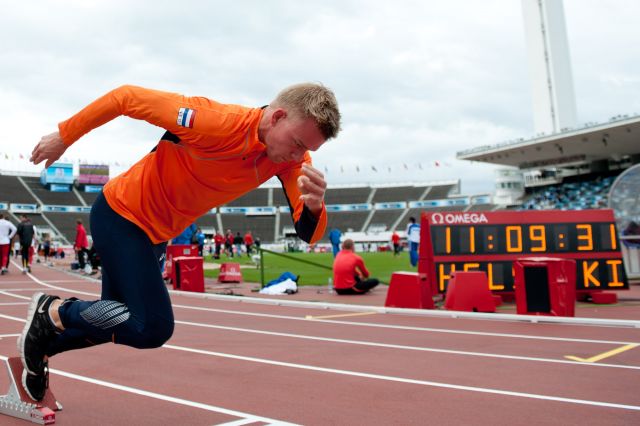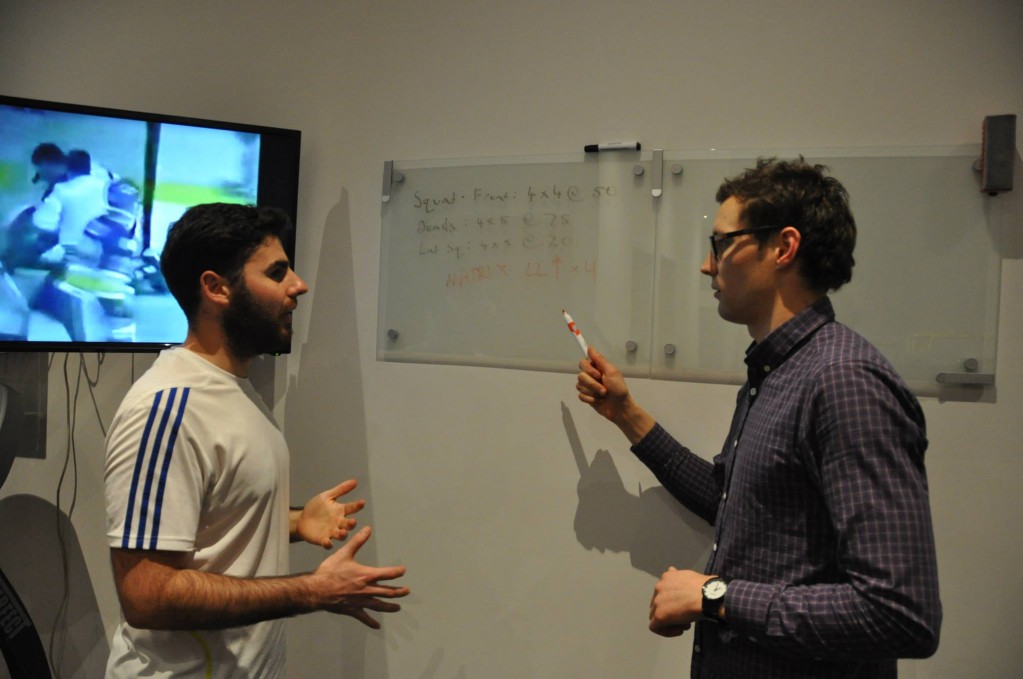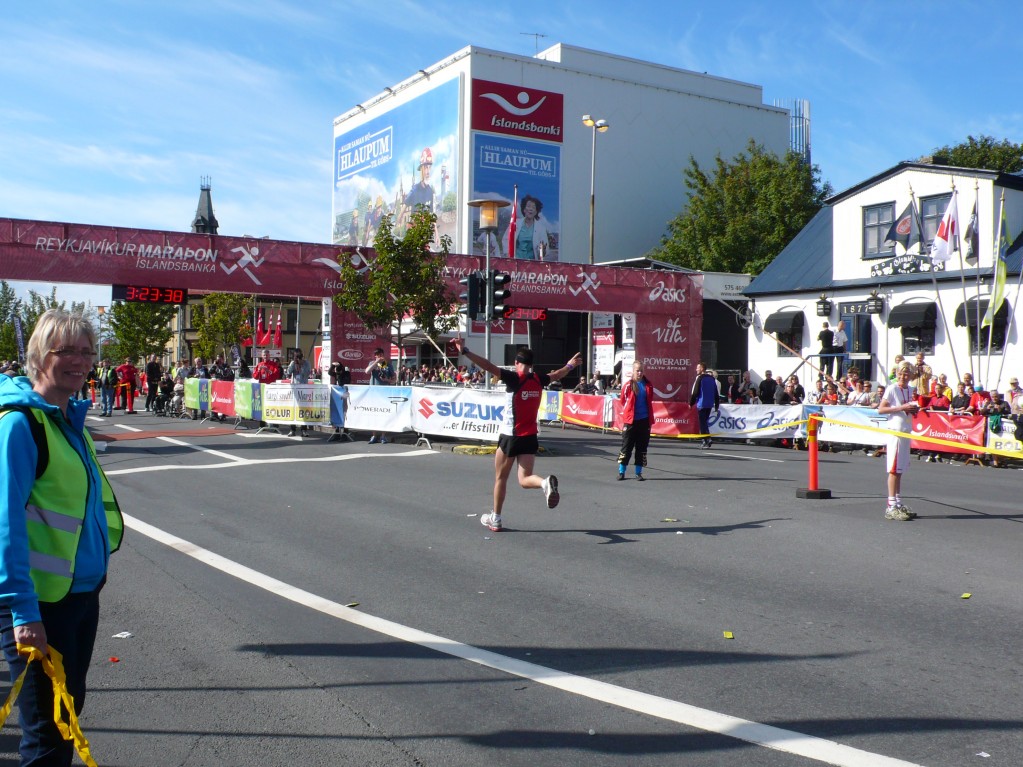With winter behind us and the warmer weather starting to shine through, many of us will start to get outdoors and exercising more. Unfortunately, getting started can sometimes be the hardest bit. These five tips will help get you motivated to get your spring training going and stay going!
1. Don’t do too much too soon
After a winter training hiatus, we see people time and time again trying to get back into the same amount of training they were doing the previous summer. This often leads to burnout and/or musculoskeletal injury. So how much exercise should you start off with? The answer depends and a few things, but mainly how much fitness you have kept over the winter break. If you have decreased your training significantly, you can try for around 50 per cent of what you were doing the previous summer. If you feel overly tired and/or sore during or after the session, it’s probably a sign you’ve done a bit too much. If you recover well or are only a little sore from the session, you’re on the right track.
2. Increase by no more the 10 per cent
Once you have identified a good level of exercise to commence your training, it can be tempting to increase your workload quickly to get back to where you used to be. This can be dangerous, as again, it can lead to musculoskeletal injury and/or burnout. A good general rule is to only change one training variable (i.e. sets, reps, weight, rest time) at a time, by no more that 10 per cent. A lot of the time this will end up being closer to five per cent.
3. Get support
Getting back into an exercise routine can be difficult on your own, so getting support can be crucial in creating a sustainable routine. Your first move should be to try and enlist a friend or family member to act as a training partner so you can motivate each other to get your training done. You can also join an exercise group such as a running, cycling or swimming group.
If you can’t enlist any friends of family to help you, you may like to seek the advice of a health and fitness professional such as a Personal Trainer, Strength and Conditioning Coach or an Osteopath.
4. Do something you enjoy
Anything done repetitively can sometimes seem like a chore. Therefore, it is really important that you enjoy the exercise you’re doing. If you like hitting the gym, do that; if you like getting outdoors, go for a run, bushwalk or paddleboard. Basically try to identify the things you like and turn that into your exercise. Also, try to throw a bit of variety into your training regime. You might vary it week to week, or every few weeks you might do something completely different to what your normal routine consists of. Variety is a great way to keep the mind fresh and prevent burnout.
5. Set short and long-term goals
Goal setting can be a fantastic way to motivate yourself. Goals tend to be separated into short and long-term. Short-term goals are typically what you are aiming for in that specific week or even month. For example, your goal might be to run three times in a week. Long-term goals might consist of one big goal e.g. the completion of a marathon or a series of skills you would like to be able to be proficient in after a period of training. For example: if you are training for an endurance sport, you may want to run 5 kms in less than 25 minutes or be able to swim 1km non-stop. If you are strength training you might want to be able to bench press your body weight and squat 1.5 times your body weight.
I hope the tips in this article have given you a few Ideas and some motivation about how to get back into some exercise after a long, cold winter. Just remember to take it slow and enjoy what you do and you’ll be back into a good routine in no time at all!
About the Author:
Dr. Nicholas Tripodi is a Co-director and Osteopath at the Competitive Sports Clinic located in the Essendon District. Nicholas has particular interests in sports injuries, exercise rehabilitation and running and cycling analysis.



